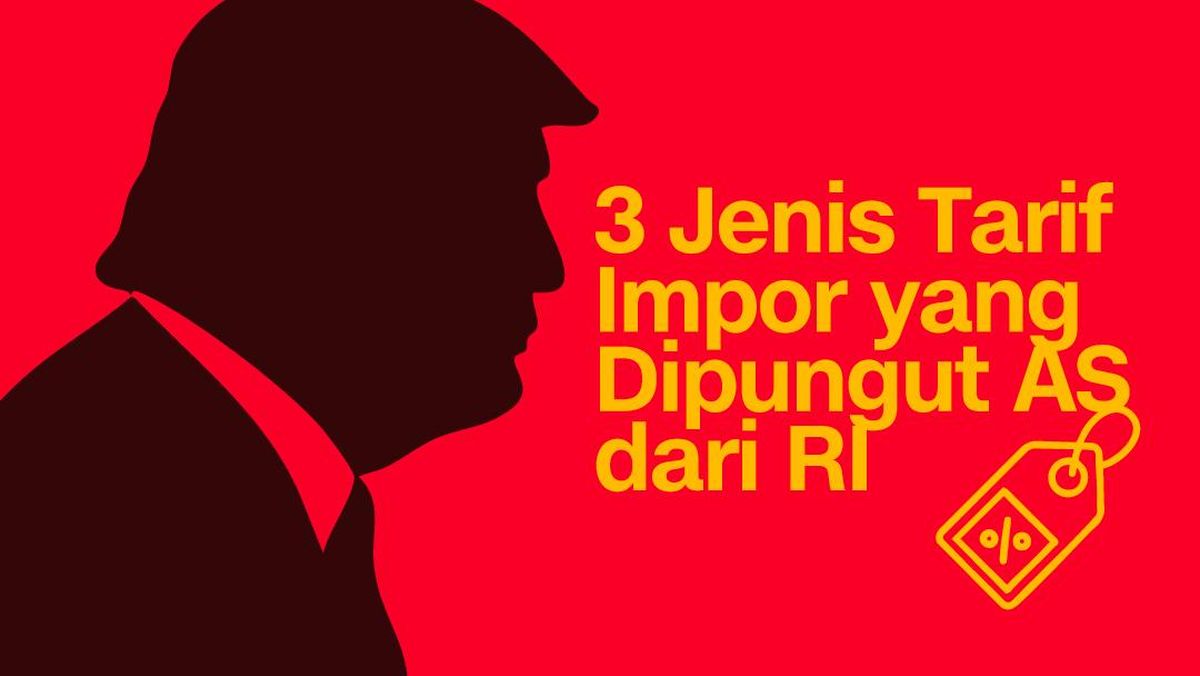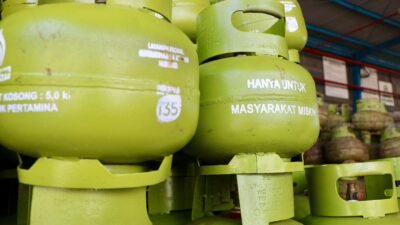International trade is often subject to various regulations and tariffs. For countries like Indonesia, exports to the United States play a significant role in the economy. However, many Indonesian products face several types of tariffs when entering the U.S. market. These tariffs are designed to regulate trade and protect local industries. In this article, we will explore the three main types of import tariffs imposed by the U.S. on goods from Indonesia. Understanding these tariffs can help businesses and exporters navigate the complexities of U.S.-Indonesia trade relations.
1. Ad Valorem Tariff: A Percentage of the Product’s Value
One of the most common types of tariffs imposed by the U.S. is the ad valorem tariff, which is based on the value of the imported goods. This tariff is calculated as a percentage of the total value of the goods being imported. For example, if the value of a product from Indonesia is $100 and the ad valorem tariff rate is 10%, the importer must pay $10 in duties.
The ad valorem tariff is widely used because it is simple to calculate and adjusts with the price of goods. When the value of imported goods increases, so does the tariff. This type of tariff is often applied to a wide range of products, including consumer goods, electronics, and textiles. Therefore, businesses exporting to the U.S. must carefully assess the value of their goods to determine how much they will need to pay in tariffs.
2. Specific Tariff: A Fixed Fee Per Unit
The specific tariff is another common form of tariff applied by the U.S. on Indonesian imports. Unlike the ad valorem tariff, which is based on the value of goods, a specific tariff is determined by a fixed fee for each unit of the product imported. This can be a set amount per kilogram, per item, or per liter, depending on the product.
For example, if an Indonesian product is subject to a specific tariff of $5 per unit, regardless of the value of the product, the importer will pay that fixed amount for every unit they bring into the U.S. Specific tariffs are often applied to bulk products like agricultural goods, raw materials, and certain types of machinery.
While specific tariffs are simpler to calculate than ad valorem tariffs, they may result in higher duties for lower-value goods, as the tariff does not take into account the product’s price. Therefore, it is essential for Indonesian exporters to evaluate their products to understand how a specific tariff might impact their costs.
3. Compound Tariff: A Combination of Both Ad Valorem and Specific Tariffs
The compound tariff combines elements of both the ad valorem and specific tariffs. Under this system, a product is subject to both a fixed fee per unit and a percentage of its value. This dual approach means that importers must calculate both components to determine the total duty they need to pay.
For example, an Indonesian product may be charged $3 per unit as a specific tariff, plus an additional 5% ad valorem tariff on the value of the goods. This results in a compound duty that considers both the unit count and the value of the product. Compound tariffs are often applied to products that are seen as having both a volume and value aspect, such as electronics or luxury goods.
Conclusion: Navigating U.S. Tariffs for Indonesian Exporters
Understanding the different types of tariffs that the U.S. imposes on Indonesian imports is crucial for businesses looking to export goods to the American market. By familiarizing themselves with ad valorem tariffs, specific tariffs, and compound tariffs, Indonesian exporters can better plan for the costs associated with exporting their products to the U.S.
It is important to note that tariffs can change over time due to shifts in trade policies, economic conditions, or international agreements. Therefore, staying up to date on the latest tariff regulations is key for Indonesian businesses aiming to succeed in the global marketplace. With the right knowledge and preparation, Indonesian exporters can navigate these tariffs effectively and maintain profitable trade relations with the U.S.









